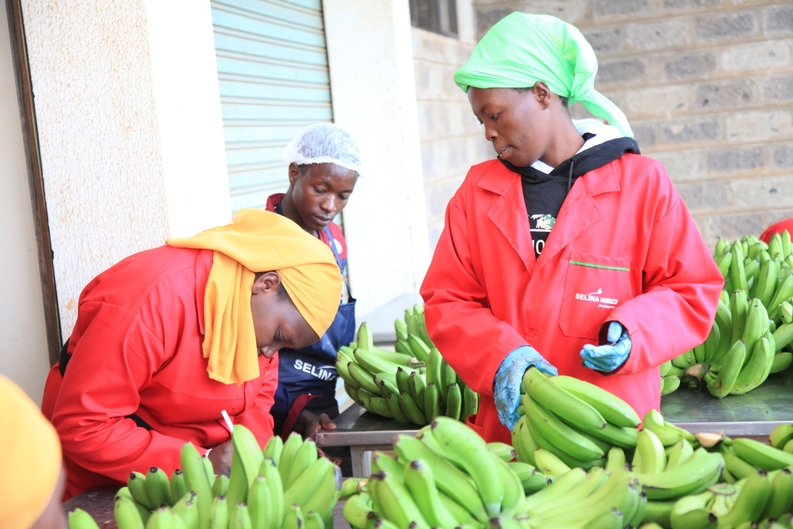
A new EU plant health regulation ((EU) 2016/2031) comes into operation bringing rigorous new rules to prevent the introduction and spread of pests and diseases in the EU.
Countries exporting fruit and vegetables to the EU must take action to ensure that all consignments are in compliance. Details on the new plant health rules, as well as the new Official Control Regulations (OCR), are given in this document from Freshfel Europe. The OCR concerns actions to be taken by competent authorities of EU Member States on imported produce.
The market had stopped importing chilli from Kenya due to cases of the quarantined Codling Moth pest in the block affecting over 90 per cent exporters.
For the exporters to meet the requirements for the lucrative market, they need to put in place a costly mechanism to contain the pest.
These include fumigation using phosphine gas, create a pest-free zone that the Kenya Plant Health Inspectorate Service (Kephis) has to approve or export dry chilli.
RELATED ARTICLE: European Union market opens up for Kenyan sweet potato farmers
At the present time, some of the most critical points to note are:
A phytosanitary certificate is required for all fruits and vegetables (with five exceptions: pineapple, coconut, durian, banana, date);
In the phytosanitary certificate, an Additional Declaration must be completed that includes the full wording of the relevant specific requirement;
High-risk commodities: require a full risk assessment by European authorities (EFSA) to decide if they can be imported, and under what conditions.
RELATED ARTICLE: European Union requirements for farmers and horticultural exporters
Momordica has already been listed as high risk and cannot be exported to Europe after 14th December unless a risk assessment for the exporting country has been completed by EFSA.
Note that these new procedures must be applied to all produce arriving in Europe on or after 14th December.
In addition to new plant health rules, the EU Official Controls Regulation ((EU) 2017/625) brings in stricter documentary and physical checks on arrival in Europe; the competent authorities of EU Member States must now inspect a minimum of 1 per cent of all consignments with a phytosanitary certificate, this percentage can increase up to 100 per cent in case of high risk of interception.
RELATED ARTICLE: Kericho pumpkins find market in EU
All of these changes have important implications for national inspection services in exporting countries. In future, inspections at the point of export must be done very thoroughly.
If pests are found on arrival in Europe, especially regulated pests, the EU authorities are likely to take action that has serious consequences for export sectors.
















Comments powered by CComment